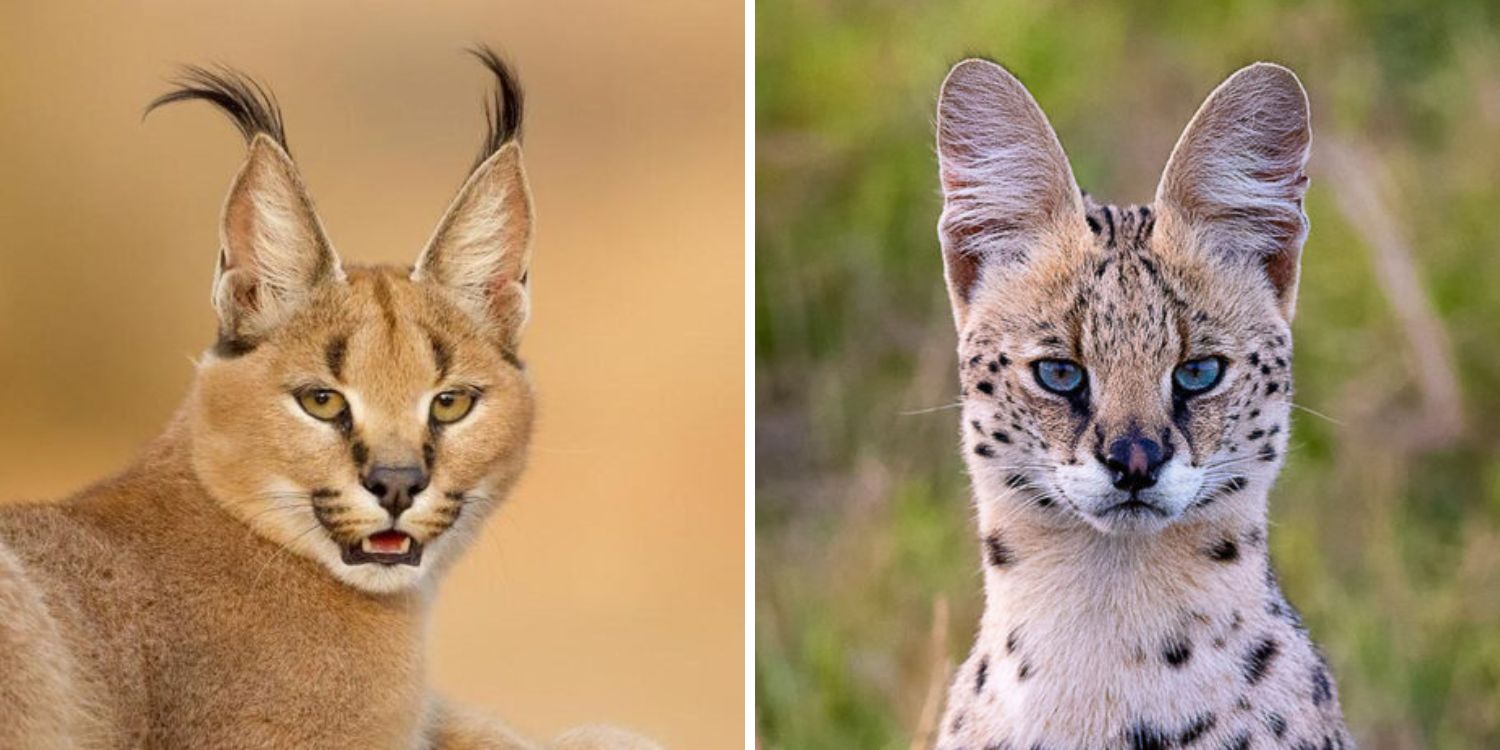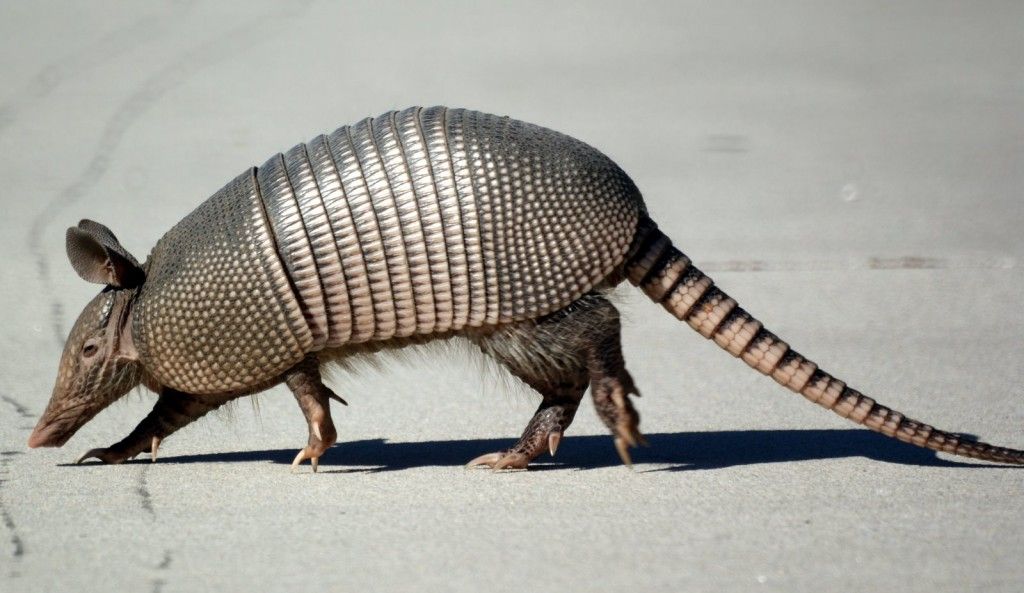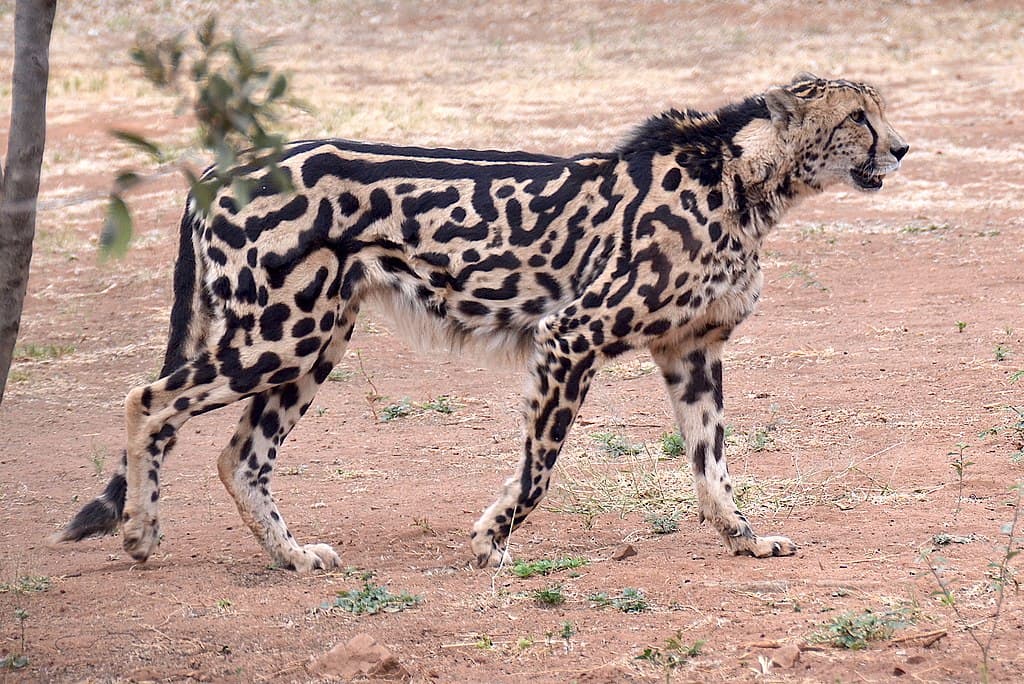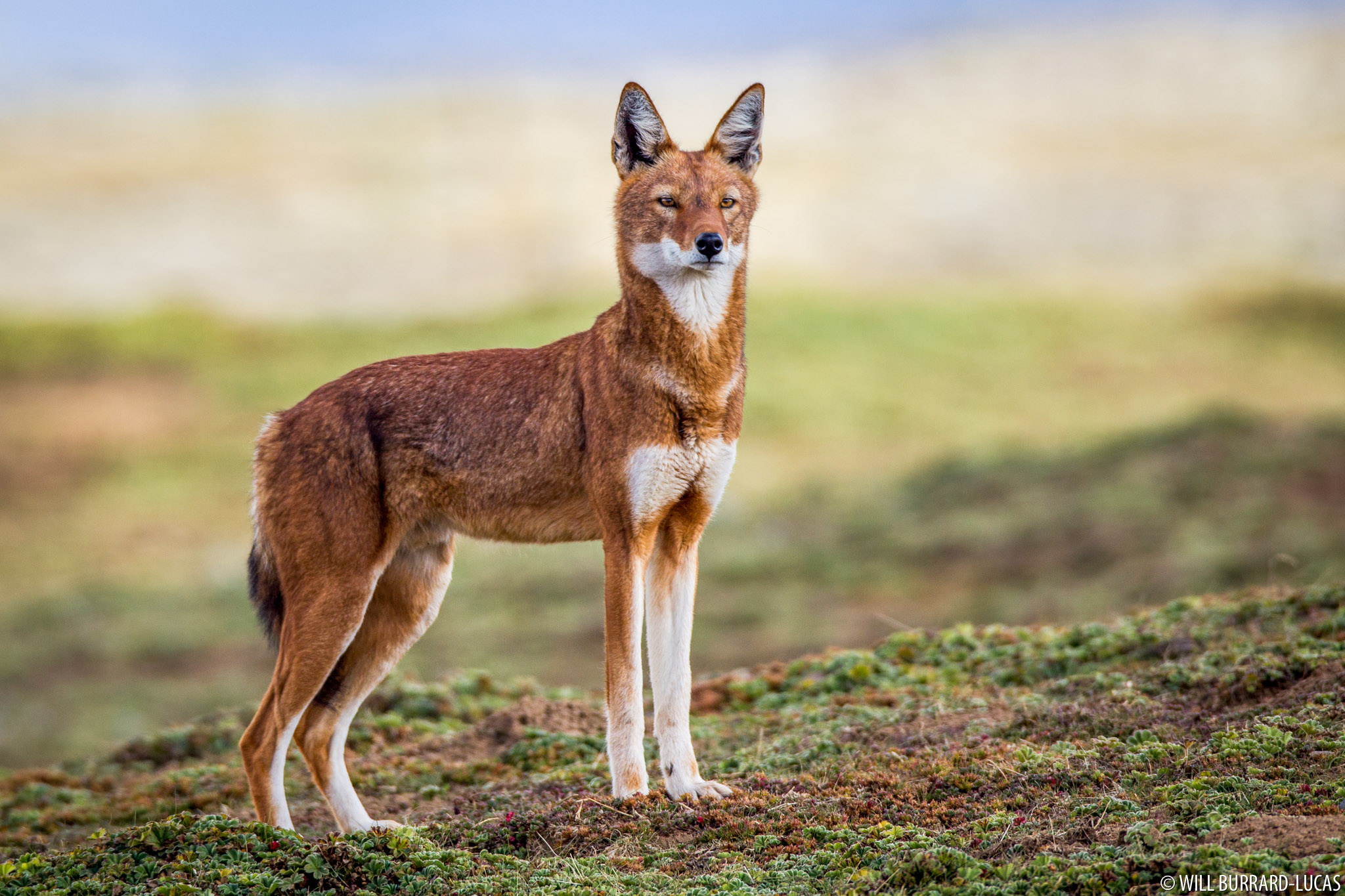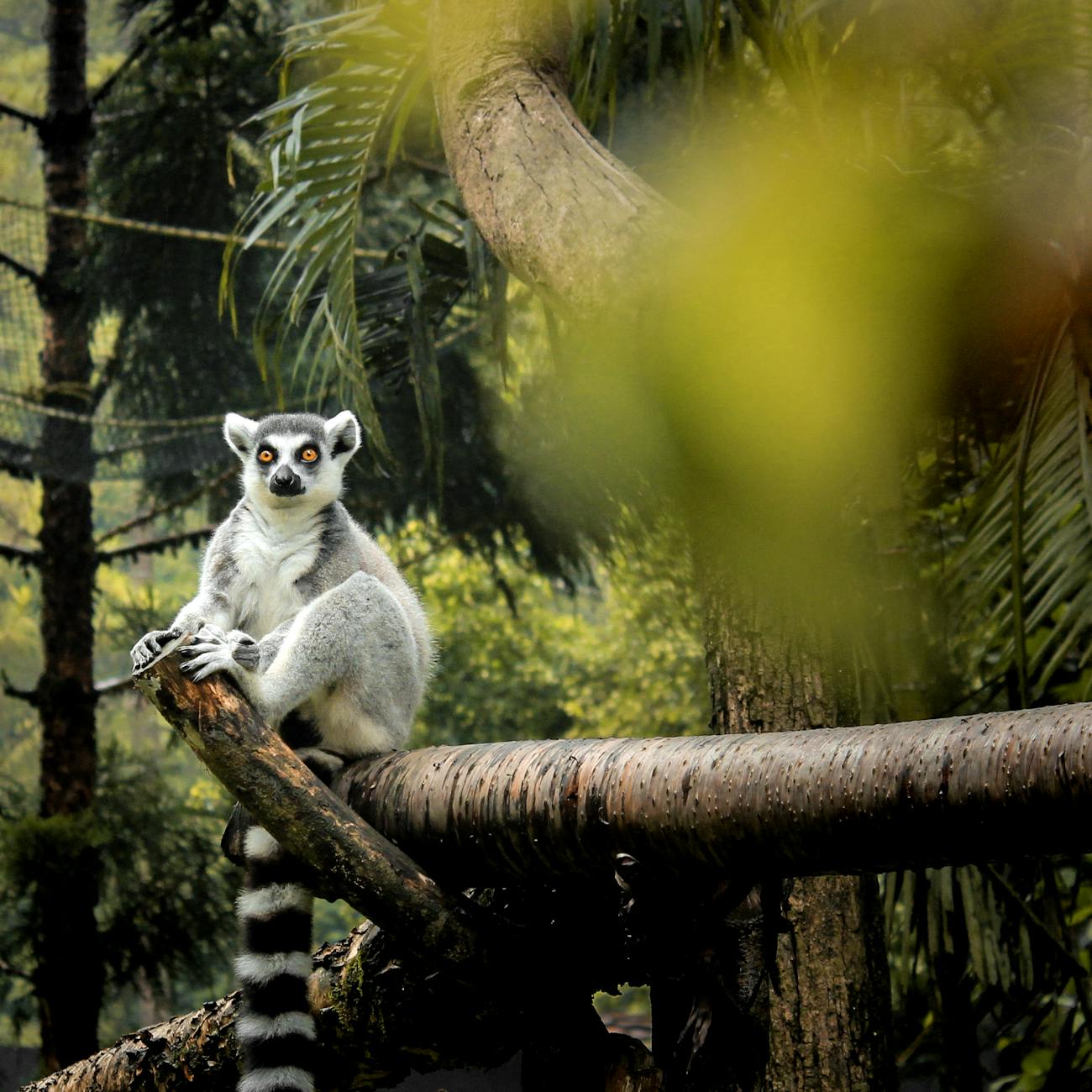
With their striking black-and-white tails and expressive golden eyes, ring-tailed lemurs (Lemur catta) are among the most recognizable—and beloved—lemurs in the world. Native only to the island of Madagascar, these charismatic primates are famous for their social behavior, sunbathing rituals, and unique place in the evolutionary tree. But there’s more to ring-tailed lemurs than just their looks.
Let’s explore the fascinating world of these one-of-a-kind animals.
What Makes a Ring-Tailed Lemur So Special?
Ring-tailed lemurs are medium-sized primates weighing about 5 to 7.5 pounds. Their most iconic feature is their long, bushy tail, which is marked with 13 alternating black and white rings. Surprisingly, they don’t use these tails for grasping or climbing—instead, they’re used for balance, communication, and even group cohesion when traveling through the forest.
These lemurs have gray bodies, white faces, black snouts, and amber-colored eyes that give them an intense, almost human-like gaze. They move both on the ground and in the trees, which sets them apart from many other lemur species that are almost exclusively arboreal.
A Truly Social Primate
Unlike many primates, ring-tailed lemurs live in large social groups called troops, which can include 6 to 30 individuals. What’s especially unique? These troops are led by females. In ring-tailed lemur society, females hold the dominant roles—leading the group, choosing mates, and getting first access to food.
They communicate using a mix of vocalizations, facial expressions, and scent marking. One of their more unusual behaviors is “stink fighting.” Males rub scent glands on their tails and wave them at rivals to assert dominance—no punches thrown, just a serious waft of “back off!”
Life in Madagascar
Ring-tailed lemurs are found only in southern and southwestern Madagascar, living in dry forests, scrub, and rocky outcrops. They’re among the most terrestrial of lemurs and often travel in troops along the ground in search of food. Their diet includes fruits, leaves, flowers, bark, and even small insects.
They’re also famous for their sunbathing behavior. In the cool mornings, lemurs can often be seen sitting upright with their arms outstretched, soaking in the warmth of the sun like little furry yogis. This helps regulate their body temperature and is one of their most endearing habits.
Conservation Status
Despite their popularity, ring-tailed lemurs are in trouble. Habitat destruction, hunting, and the illegal pet trade have taken a serious toll on their wild populations. According to the IUCN, ring-tailed lemurs are currently listed as Endangered, with wild numbers in steep decline.
Conservation efforts—such as habitat protection, community education, and ecotourism—are vital for their survival. Zoos and sanctuaries around the world also play a role in educating the public and supporting breeding programs.
Why Ring-Tailed Lemurs Matter
Ring-tailed lemurs are more than just cute and curious animals—they’re a symbol of Madagascar’s unique biodiversity and the urgent need to protect it. As some of the most well-known lemurs, they serve as ambassadors for the hundreds of other lemur species that share their island home.
Whether you’ve seen them in a zoo, a nature documentary, or a certain animated movie, ring-tailed lemurs leave a lasting impression. But the best way to appreciate them is by understanding their wild lives, their challenges, and their place in the world.
Fun Fact: Lemurs are primates—but they’re not monkeys or apes. They belong to a more primitive branch of the primate family tree called prosimians, meaning “before monkeys.”
More photos below ↓






Disclaimer: This blog post is for edutainment purposes only and may not be entirely accurate.


